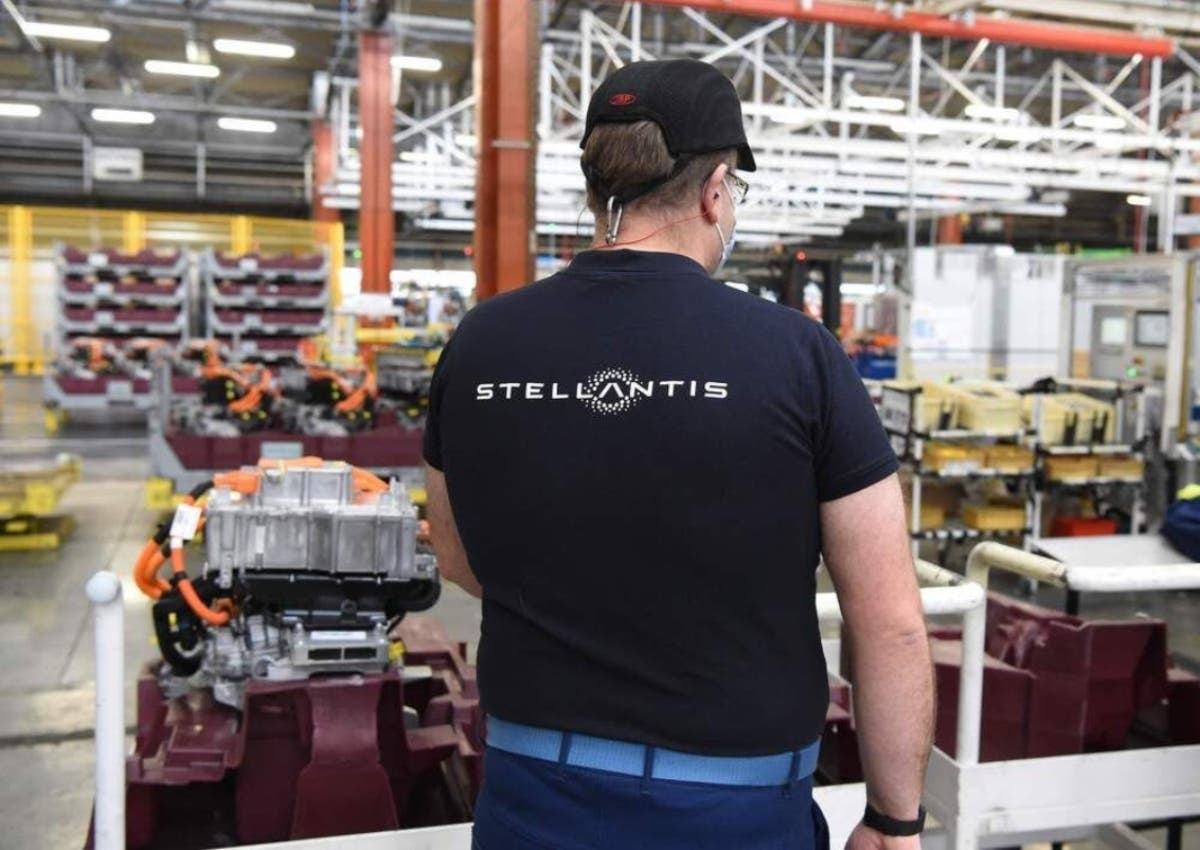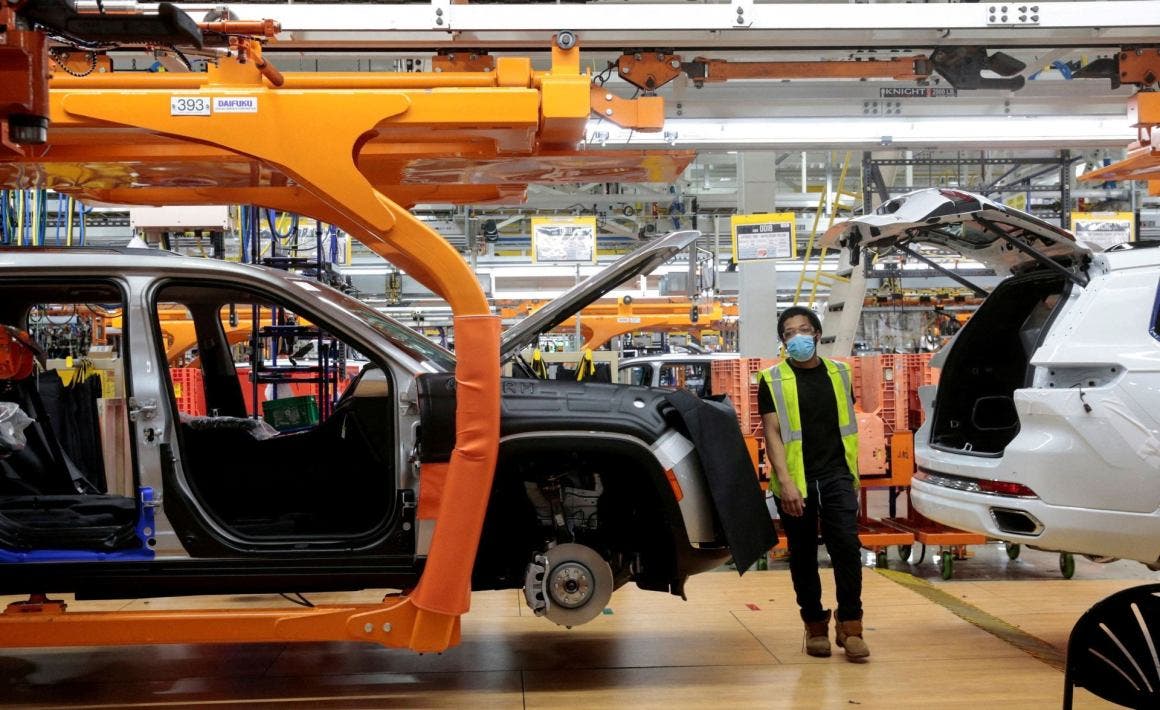The job cuts that have been announced lately by the automotive group are putting entire populations and communities of people on edge. The decisions Stellantis is implementing to downsize its workforce are increasingly hinting at a production model that could probably prove obsolete in a short time.
Thousands of layoffs in recent months
If we take the contract with the UAW as a point of reference, we can see that Stellantis to provide laid-off workers with additional payments for one year in addition to unemployment, which together amount to 74 percent of normal pay. On the other hand, as for people who are on permanent layoff, they also receive health coverage for up to two years. At the Warren Stamping Plant, 160 workers are on indefinite layoff and hundreds of other workers are temporarily absent from work. Because of this situation, UAW Local 869 President Romaine McKinney III confirmed that she has received numerous calls from members who are experiencing various kinds of difficulties. These include people struggling to receive unemployment checks, wondering how to find assistance to pay bills or buy food, or simply demanding answers about the future of the plant.
Starting last September, Stellantis has laid off or at least planned to lay off more than 3,750 full-time employees in the Detroit and Toledo metropolitan areas. This estimate was based on available data and does not take into account upgrades for some plants. At the same time, Stellantis has not confirmed an overall budget for its U.S. operations either. Moreover, the number does not even include about 500 part-time Michigan workers laid off in late September or the staff of supplier companies, which have been quite targeted by the auto group lately. Among them, about 370 positions are expected to be eliminated at some suppliers for Jeep’s Toledo plants by January.

Stellantis the company laying off the most
Other companies have also made several cuts, but Stellantis has cut especially deeply this year as it grapples with declining sales and other problems. All these job cuts have obviously drawn the attention of the UAW and its president, Shawn Fain, who continues to claim that the automaker is mismanaged by CEO Carlos Tavares. The union continues to threaten to strike over several product and investment commitments that it claims Stellantis is not fulfilling.
The automaker has already pointed out on several occasions the difficult market conditions during the transition to electric vehicles and says a strike would be illegal. Stellantis staff cuts have several causes and modalities. At Warren Truck, they are related to the end of production of one model, which will not be replaced at the same plant. At Toledo Jeep, the layoffs stem from low demand for the Gladiator, which will switch to single-shift production. Some 398 employees will lose their jobs at a parts plant in Detroit, which Stellantis plans to outsource. At other plants, where layoffs are occurring on a fairly regular basis, the company justifies them as a measure to improve its operational efficiency, so it would be an attempt by Stellantis to work with higher quality. Stellantis has called these cuts necessary to regain competitiveness in an unstable automotive market.

